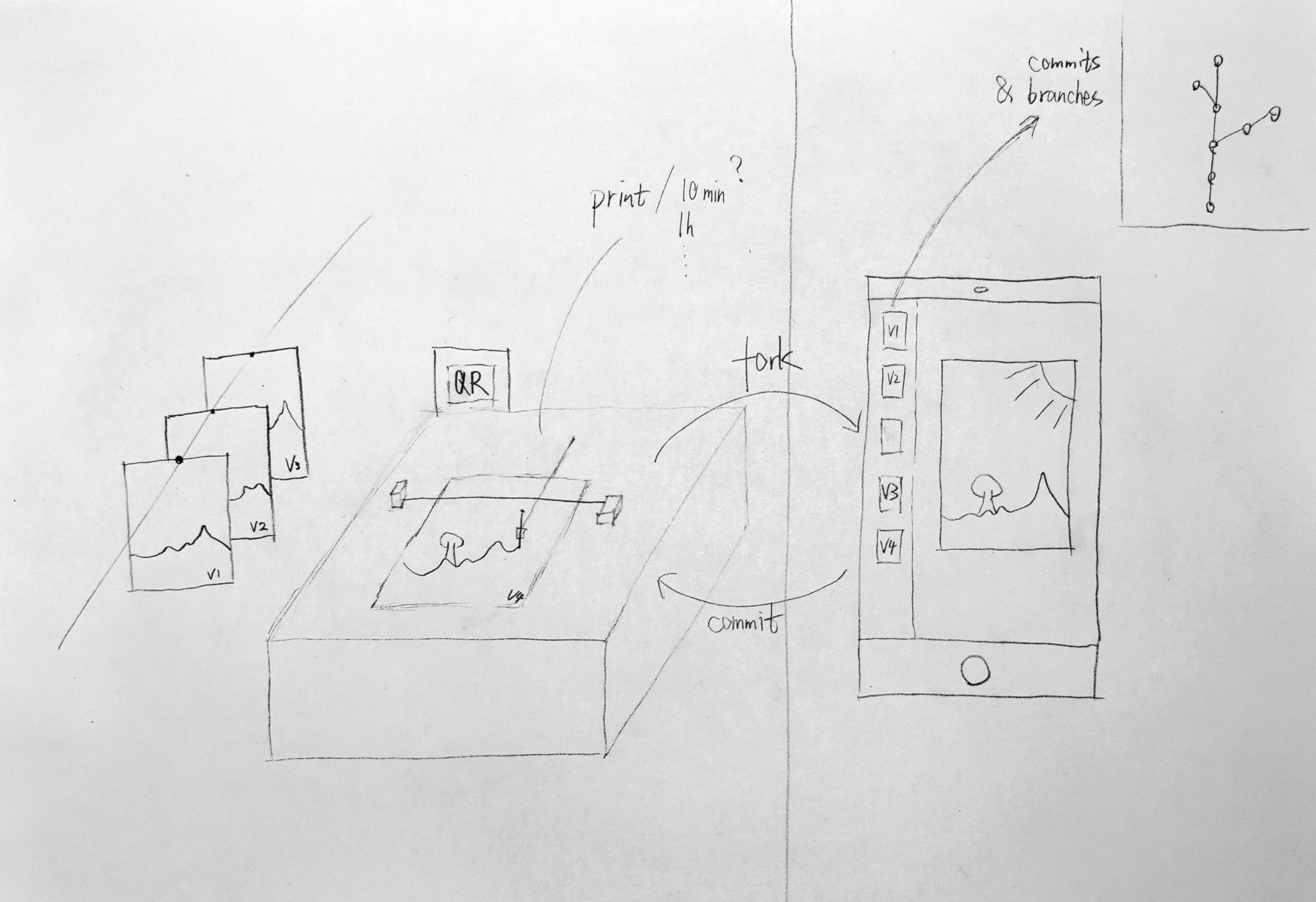1-1 Meeting #6
I had a meeting with Sarah to clarify some thesis requirements. I initially thought my topic was “open source,” but in reality, I wanted to explore my “personal feelings about coding.” So I asked Sarah if I could tweak the thesis topic. Additionally, since it’s based on personal experience, I wondered what kind of research I should conduct and what level of work would be sufficient for a thesis.
Sarah didn’t think it was a problem to tweak the topic. Regarding research, she said that finding similar artworks, figuring out the logic and mechanisms for building the installation are all considered research. The only requirement was the actual creation process. She advised me to let the making process guide myself.
Although Sarah answered my question, the most valuable piece of advice I received was “honesty.” It’s my thesis, so as long as I’m honest with myself, I can determine the work and direction. I initially misunderstood the thesis concept. I thought I had to set the goal or the big question at the beginning and couldn’t change it. But now, I realize it’s a process that allows me to explore. During this process, I can change directions and clarify the thesis as I go, instead of setting the goal right from the start. (Some people may be able to define their direction from the start, but not me.)
Once again, the making process is all I need at this stage.
For those who want some context on what I’m tweaking for my thesis, I’ve included the Miro link here: https://miro.com/app/board/uXjVMbW0LNQ=/?moveToWidget=3458764551845883356&cot=14
It’s like two circles: My feelings about coding vs. Open Source. While there are some overlaps, I want to focus on my feelings first. I’ll touch on Open Source in the future.
As for my current prototype, it’s an odor machine that represents a code smell.
Right after talking with Sarah, I had some thoughts about my feelings towards coding: in the context of the AI era, my code taste is like a nostalgia for handicrafts during the industrial age. What I’m doing can be considered a pre-AI era human archive. Will I have other thoughts in the next few days? Perhaps. I’ll let the making process and conversations guide me.
 Class Playlist
Class Playlist 
